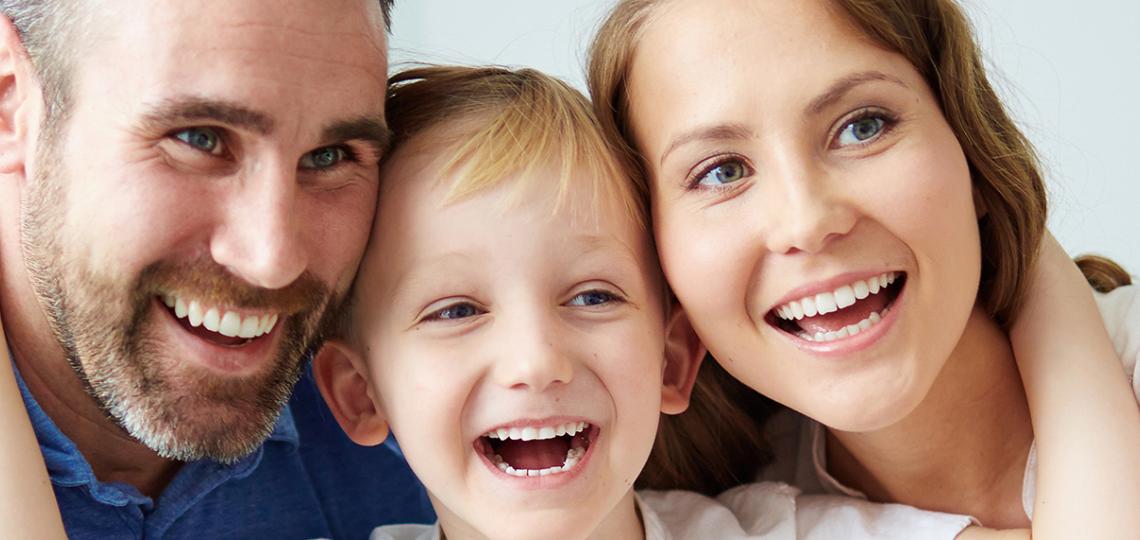Think about how things have gone for your child so far in LUNA. Think about the anxieties or fears they have worked on so far and consider the progress they have made. Before creating a new plan of action, it’s important to keep in mind the goals your child is currently working toward and their ability to take on any additional challenges.
Here are a few indicators that it might be a good idea to start on a new plan of action:
- Your child’s current plan of action has limited opportunities for practice. Your child might have a fear or worry they don’t encounter super often. For example, if they have a fear of doctor’s visits, then they might only come across this fear twice a year during routine check-ups. Because doctors’ visits are rare for most kids and teens, and because most people don’t have access to medical settings, it may be hard to work on this fear very frequently. If your child’s current plan focuses on a fear they don’t encounter often, we encourage you to make a new plan that your child can work on regularly (like a fear of the dark). Working on these two plans at the same time will give your child more opportunities to practice exposure activities.
- Your child feels stuck on their current plan of action and isn’t making any progress. If this is the case for you, try troubleshooting with your child first before you decide to make a new plan. You can test out different solutions to see if there is anything that might help them make progress on their current plan. Referring to the troubleshooting section of Module 5 may help you out with this! Sometimes troubleshooting can work, but if your child is still stuck, it may be more helpful to start on a new plan and mix things up. Switching the focus to a new plan of action may help your child build up the confidence or motivation they need to go back to their old plan and start making progress!
- Your child has successfully completed most or all activities in their current plan of action, or they have reached their goal. If this is the case for you, that’s wonderful! Keep doing what you’re doing. Now is probably a great time to start working on a new fear or worry by making a new plan of action.
- Your child has a time-sensitive fear or worry that they need to address soon. If your child has an upcoming event that involves one of their anxieties, it may be a good idea to make a plan specifically for that situation. For example, George will be moving to a new school in a few months, and he is anxious about making new friends. He may want to go ahead and start on a plan of action to help him overcome this anxiety. Sophia will be starting her summer break soon, and she is nervous about her daily schedule changing. She also might want to get started on a new plan to help her work on this fear before her summer break starts.
- Your child feels motivated and ready to take on an additional challenge. If your child is feeling energized by the progress they’ve made, or if they are eager to work on a fear or worry from another area of their life, this could be a sign they are ready to start on a new plan of action. They may want to try working on a new plan and their current plan at the same time! Your child may feel more comfortable using the skills they’ve learned, making it easier for them to tackle a new challenge.
- Your child has a fear or worry that has started causing more problems, or they have a new fear that wasn’t there before. In this case, it could be helpful to make a plan of action focusing on the new fear or a plan of action focusing on the fear that has started causing more problems. Your child could then try working on the new plan and their current plan at the same time.
However, it is equally important to recognize when it might NOT be the best idea to start on another plan.
- If your child is feeling overwhelmed or they are resistant to working on a second anxiety, adding a new plan might only increase their stress and reduce their motivation.
- If their progress on their current plan is inconsistent, then it might be helpful for them to spend more time focusing on this fear before introducing another.
- If they are struggling to stay motivated and organized, then they may want to make sure they have a solid system in place for practicing exposure activities and tracking their progress before adding another plan.
It might be more important for some kids to stay focused on the fear or worry they are working on right now. For example, Sophia has been putting a lot of time and effort into her current plan of action. She has been practicing exposure activities every day to help her overcome her social anxiety, but she is not that close to meeting her goal yet. Even though Sophia has other fears and worries she wants to work on, her social anxiety is causing the most problems for her right now, and it is the fear she would like to overcome the most. Sophia feels like she needs some more time to focus on her social anxiety before she starts working on another fear or worry. However, if Sophia ends up getting stuck or if she stops making any progress on this plan, she may then want to make a new plan of action and work on a different fear for a while.
After a few more weeks of only focusing on her social anxiety, Sophia finally feels ready to start working on another anxiety as well! In just a moment, you will get to see how Sophia manages working on two plans at once.
Discuss these points with your child and help them determine if they will keep focusing on just one plan, or if they will add on a new one. If they decide to create a new plan of action to work on, here is a quick reminder of the steps involved:
Step 1: Choose the fear, anxiety, or worry you want to tackle
Step 2: Choose a specific goal you want to reach based on the anxiety you chose
Step 3: Brainstorm different steps or exposure activities to complete
Step 4: Give each exposure activity a rating using the anxiety intensity scale
Step 5: Order the activities from least to most scary
Step 6: Choose a motivation booster for each activity OR decide how many points you will get for completing each activity
Remember, use the My Plan of Action worksheet to create your new plan and look back at Module 4 for more information about how to make a plan of action.








